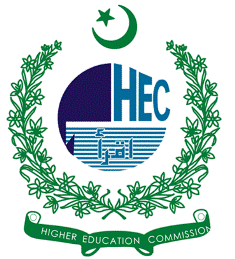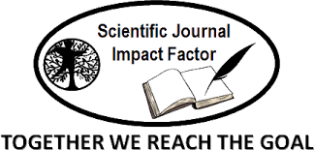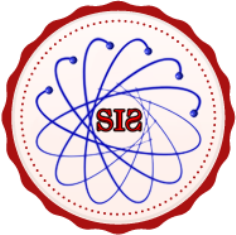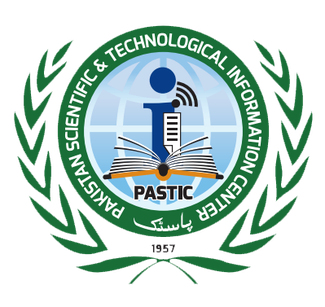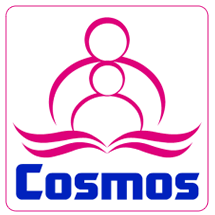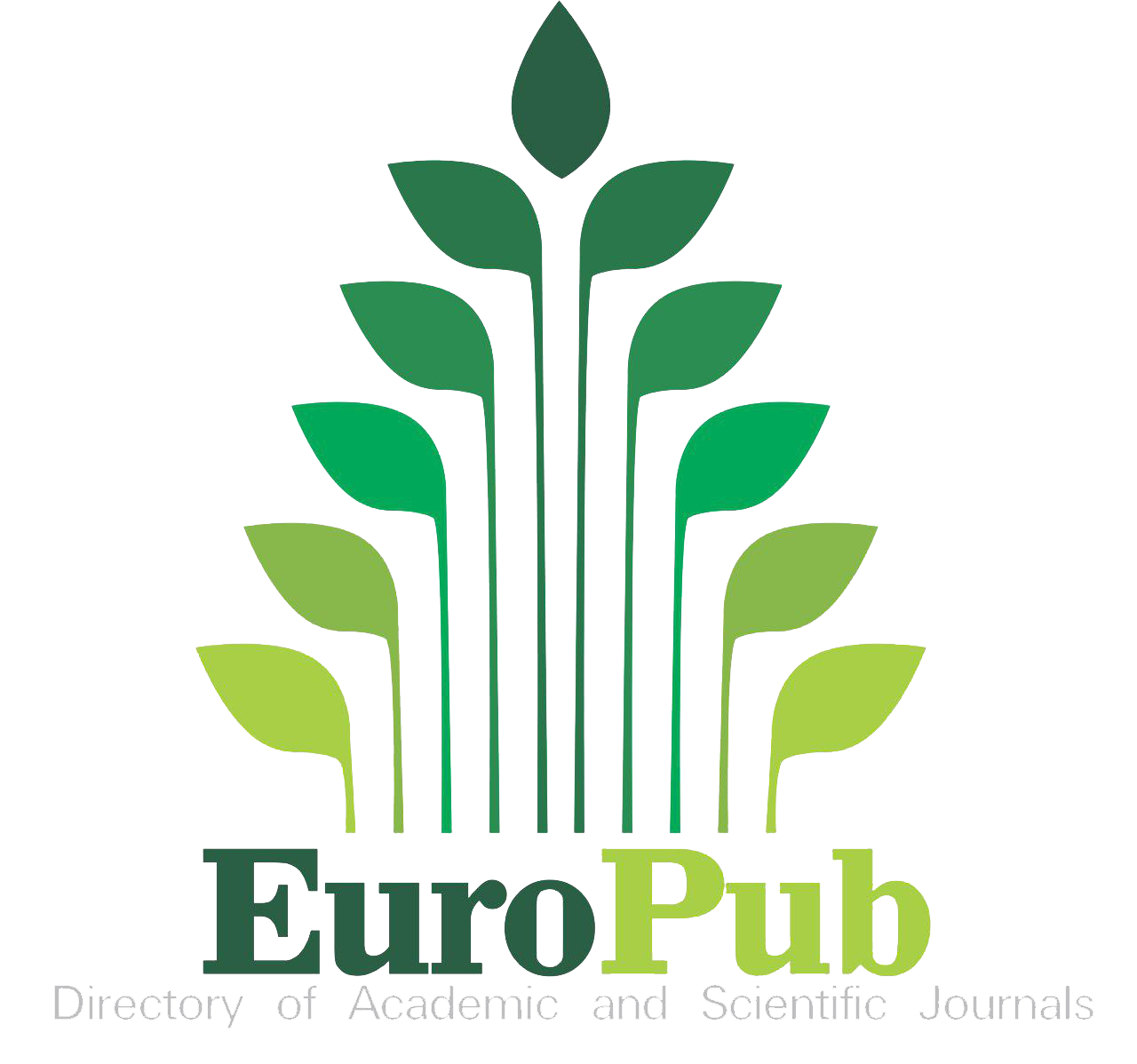Preparation of CuSe Thin Films by Chemical Vapor Deposition via Water Splitting for Hydrogen Generation
Keywords:
Semiconductor Heterostructures, Hydrogen Production, Morphological Analysis, Three-Electrode Cell, Cuse-500°C, Cuse-600°C, Cuse-650°CAbstract
In recent years, significant research has been done on semiconductor heterostructures to produce hydrogen by water splitting. The absorption of visible light and photoelectrochemical properties of CuO thin film is enhanced by the selenization. The selenization of CuO thin film is done by chemical vapor deposition (CVD) at various temperatures. The structural properties of the prepared samples were carried by XRD and the morphological properties of the prepared film were done by scanning electron microscopy. Optical properties reveal that the bandgap was decreased by increasing the selenization temperature. The solar light to hydrogen conversion efficiency of the CuSe-500oC, CuSe-600oC, and CuSe-650oC films were estimated by using three-electrode cells. It was noticed that CuSe-650oC showed much better STH% compared to pristine CuO thin film.
References
P. L. S. Luqman Jeffry, Mei Yin Ong, Saifuddin Nomanbhay, M. Mofijur, Muhammad Mubashir, “Greenhouse gases utilization: A review,” Fuel, vol. 301, p. 121017, 2021, doi: https://doi.org/10.1016/j.fuel.2021.121017.
M. M. H. Abidur Rahman, Omar Farrok, “Environmental impact of renewable energy source based electrical power plants: Solar, wind, hydroelectric, biomass, geothermal, tidal, ocean, and osmotic,” Renew. Sustain. Energy Rev., vol. 161, p. 112279, 2022, [Online]. Available: https://www.sciencedirect.com/science/article/abs/pii/S136403212200199X?via%3Dihub
D.-V. N. V. Fazil Qureshi, Mohammad Yusuf, Hussameldin Ibrahim, Hesam Kamyab, Shreeshivadasan Chelliapan, Cham Q. Pham, “Contemporary avenues of the Hydrogen industry: Opportunities and challenges in the eco-friendly approach,” Environ. Res., vol. 229, p. 115963, 2023, [Online]. Available: https://www.sciencedirect.com/science/article/abs/pii/S0013935123007557?via%3Dihub
H. Z. A Onorati, R Payri, “The role of hydrogen for future internal combustion engines,” Sage Journals, vol. 23, no. 4, 2022, doi: https://doi.org/10.1177/14680874221081947.
S. P. Pawan Kumar Pathak, Anil Kumar Yadav, “Transition toward emission-free energy systems by 2050: Potential role of hydrogen,” Int. J. Hydrogen Energy, vol. 48, no. 26, pp. 9921–9927, 2023, [Online]. Available: https://www.sciencedirect.com/science/article/abs/pii/S0360319922057755?via%3Dihub
S. Imran and M. Hussain, “Emerging trends in water splitting innovations for solar hydrogen production: Analysis, comparison, and economical insights,” Int. J. Hydrogen Energy, vol. 77, pp. 975–996, 2024, [Online]. Available: https://www.sciencedirect.com/science/article/abs/pii/S036031992402490X?via%3Dihub
F. P. B. Inês Rolo, Vítor A. F. Costa, “Hydrogen-Based Energy Systems: Current Technology Development Status, Opportunities and Challenges,” Energies, vol. 17, no. 1, p. 180, 2024, doi: https://doi.org/10.3390/en17010180.
R. V. Jerry L. Holechek, Hatim M. E. Geli, Mohammed N. Sawalhah, “A Global Assessment: Can Renewable Energy Replace Fossil Fuels by 2050?,” Sustainability, vol. 14, no. 8, p. 4792, 2022, doi: https://doi.org/10.3390/su14084792.
T. H. Mamoona Riffat, Hassan Ali, H.A. Qayyum, M. Bilal, “Enhanced solar-driven water splitting by ZnO/CdTe heterostructure thin films-based photocatalysts,” Int. J. Hydrogen Energy, vol. 48, no. 58, pp. 22069–22078, 2023, [Online]. Available: https://www.sciencedirect.com/science/article/abs/pii/S0360319923010820?via%3Dihub
M. I. Usman Qumar, Jahan Zeb Hassan, Rukhsar Ahmad Bhatti, Ali Raza, Ghazanfar Nazir, Walid Nabgan, “Photocatalysis vs adsorption by metal oxide nanoparticles,” J. Mater. Sci. Technol., vol. 131, pp. 122–166, 2022, [Online]. Available: https://www.sciencedirect.com/science/article/abs/pii/S1005030222004728
A. A. Mohd Raub et al., “Photocatalytic activity enhancement of nanostructured metal-oxides photocatalyst: a review,” Nanotechnology, vol. 35, no. 24, Jun. 2024, doi: 10.1088/1361-6528/AD33E8,.
J. Qi, W. Zhang, and R. Cao, “Solar-to-Hydrogen Energy Conversion Based on Water Splitting,” Adv. Energy Mater., vol. 8, no. 5, p. 1701620, Feb. 2018, doi: 10.1002/AENM.201701620.
Y. Zhao, Z. Niu, J. Zhao, L. Xue, X. Fu, and J. Long, “Recent Advancements in Photoelectrochemical Water Splitting for Hydrogen Production,” Electrochem. Energy Rev. 2023 61, vol. 6, no. 1, pp. 1–46, Mar. 2023, doi: 10.1007/S41918-022-00153-7.
P. Zhou et al., “Solar-to-hydrogen efficiency of more than 9% in photocatalytic water splitting,” Nature, vol. 613, no. 7942, pp. 66–70, Jan. 2023, doi: 10.1038/S41586-022-05399-1;SUBJMETA=4050,4077,4101,638,639,77,890,909;KWRD=ARTIFICIAL+PHOTOSYNTHESIS,PHOTOCATALYSIS.
C. X. Wen-Hui Cheng, Alberto de la Calle Harry A. Atwater, Ellen B. Stechel, “Hydrogen from Sunlight and Water: A Side-by-Side Comparison between Photoelectrochemical and Solar Thermochemical WaterSplitting,” ACS Energy Lett., vol. 6, no. 9, 2021, [Online]. Available: https://pubs.acs.org/doi/10.1021/acsenergylett.1c00758
Narendra M. Gupta, “Factors affecting the efficiency of a water splitting photocatalyst: A perspective,” Renew. Sustain. Energy Rev., vol. 71, pp. 585–601, 2017, [Online]. Available: https://www.sciencedirect.com/science/article/abs/pii/S1364032116311418?via%3Dihub
Ç. Oruç, A. Çelik-Bozdoğan, G. Kurt-Gür, A. Aşıkoğlu-Bozkurt, and H. M. Luş, “Determination of the Optimum Annealing Temperature in the Production of CuO Nanoparticles with Antimicrobial Properties,” Nano, vol. 17, no. 2, Feb. 2022, doi: 10.1142/S179329202250014X/ASSET/IMAGES/LARGE/S179329202250014X.JPEG.
T. A. Shifa, F. Wang, Y. Liu, and J. He, “Heterostructures Based on 2D Materials: A Versatile Platform for Efficient Catalysis,” Adv. Mater., vol. 31, no. 45, p. 1804828, Nov. 2019, doi: 10.1002/ADMA.201804828;REQUESTEDJOURNAL:JOURNAL:15214095;WGROUP:STRING:PUBLICATION.
Zhengyang CaiBilu Liu*Xiaolong ZouHui-Ming Cheng, “Chemical Vapor Deposition Growth and Applications of Two-Dimensional Materials and Their Heterostructures,” Chem. Rev., vol. 118, no. 13, 2018, [Online]. Available: https://pubs.acs.org/doi/10.1021/acs.chemrev.7b00536
Ting KangTsz Wing TangBaojun PanHongwei LiuKenan ZhangZhengtang Luo, “Strategies for Controlled Growth of Transition Metal Dichalcogenides by Chemical Vapor Deposition for Integrated Electronics,” ACS Mater. Au, vol. 2, no. 6, 2022, [Online]. Available: https://pubs.acs.org/doi/10.1021/acsmaterialsau.2c00029
V A Gevorkyan et al, “Characterization of Cu2 O thin films prepared by evaporation of CuO powder,” J. Phys. Conf. Ser. Ser., vol. 350, p. 012027, 2012, [Online]. Available: https://iopscience.iop.org/article/10.1088/1742-6596/350/1/012027/pdf
R. R. Pai, T. T. John, M. Lakshmi, K. P. Vijayakumar, and C. S. Kartha, “Observation of phase transitions in chemical bath deposited copper selenide thin films through conductivity studies,” Thin Solid Films, vol. 473, no. 2, pp. 208–212, 2005, [Online]. Available: https://www.sciencedirect.com/science/article/abs/pii/S0040609004004663?via%3Dihub
M. Z. Longbin Li, Yifang Zhao, Chaosheng Shi, Wei Zeng, Bing Liao, “Facile synthesis of copper selenides with different stoichiometric compositions and their thermoelectric performance at a low temperature range,” RSC Adv., vol. 42, 2021, [Online]. Available: https://pubs.rsc.org/en/content/articlelanding/2021/ra/d1ra04626h
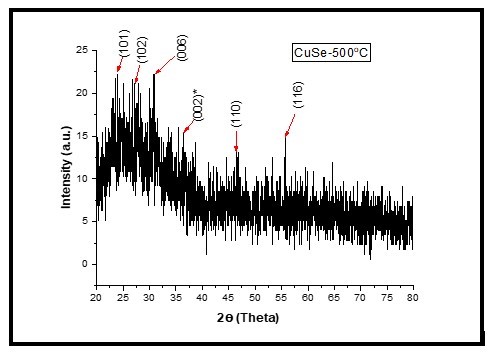
Downloads
Published
How to Cite
Issue
Section
License
Copyright (c) 2025 50sea

This work is licensed under a Creative Commons Attribution 4.0 International License.

